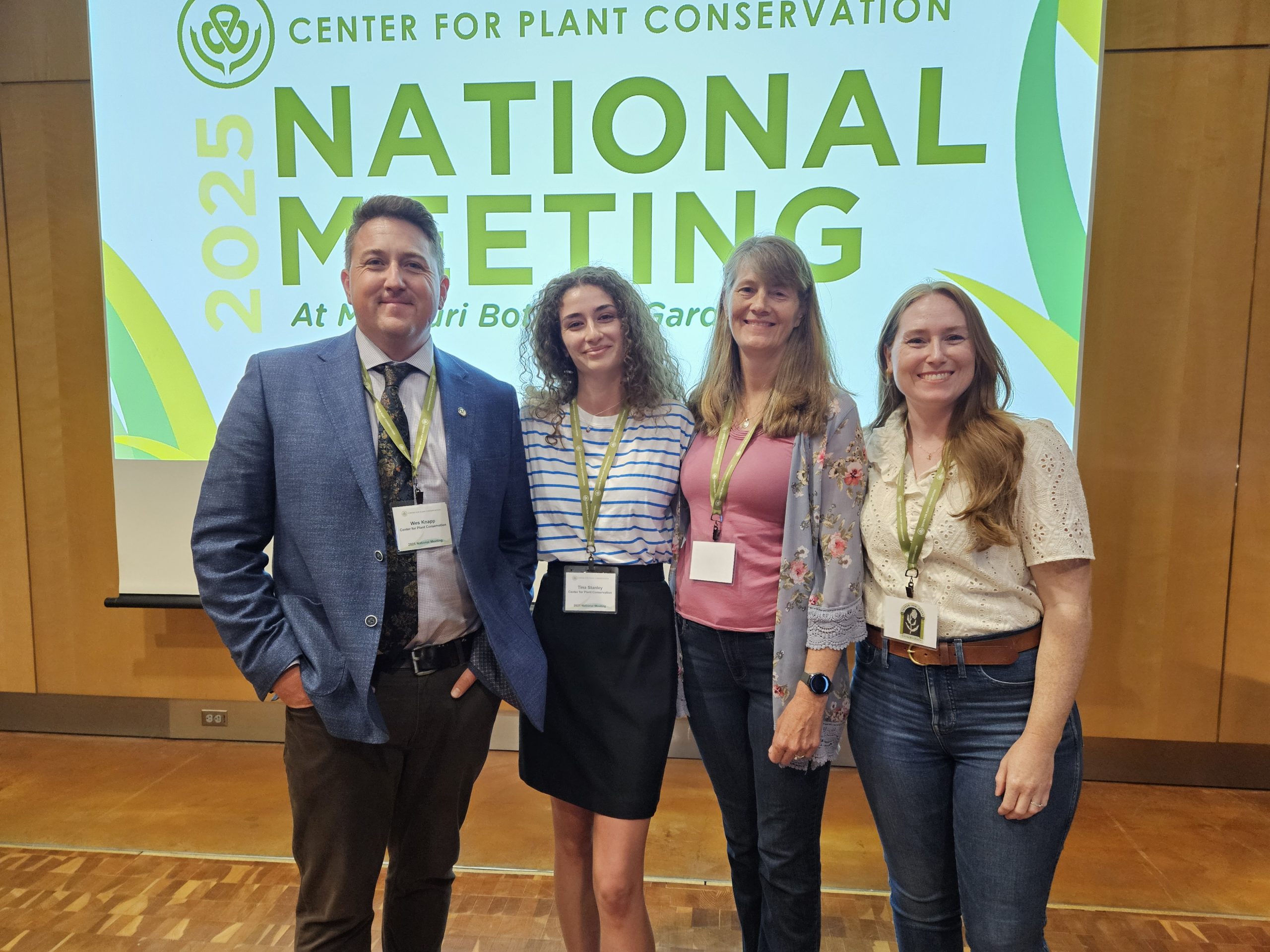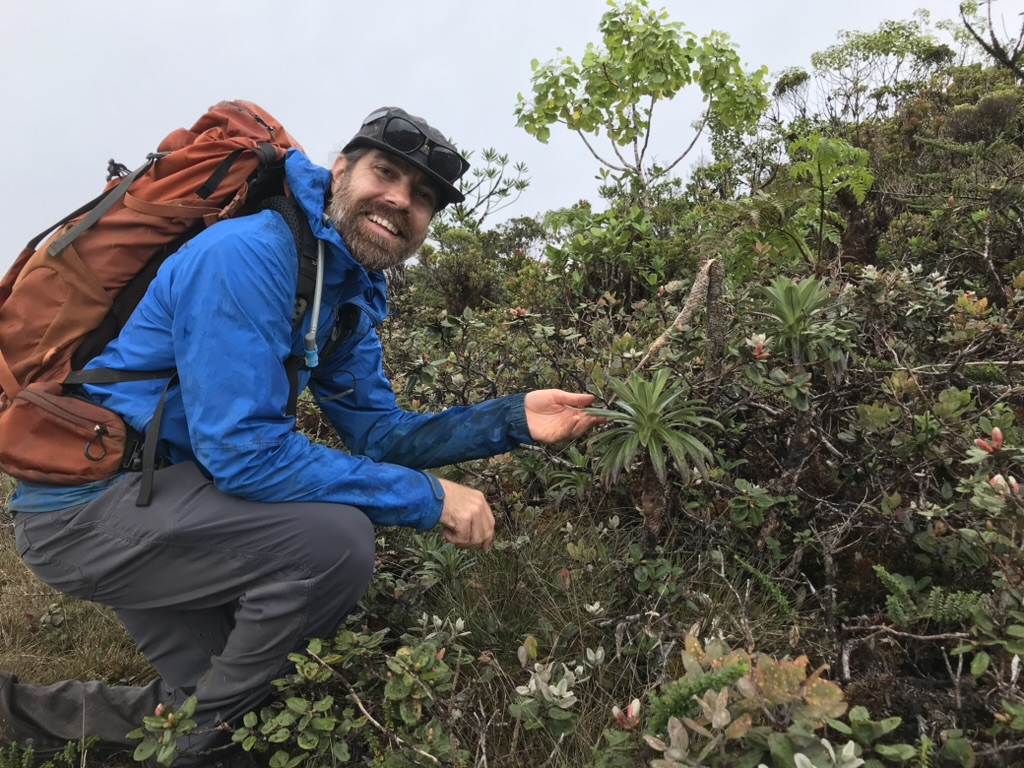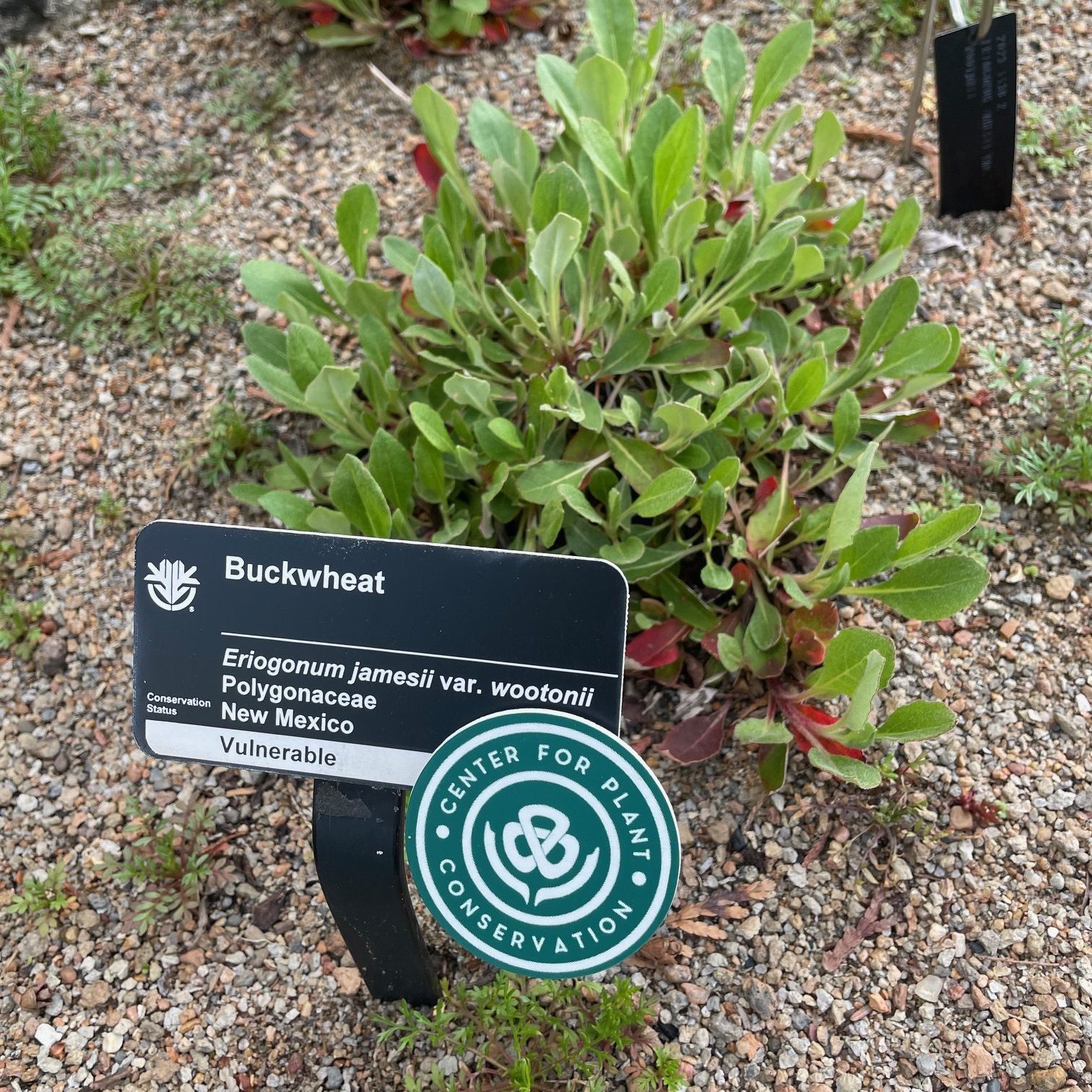Save Plants
CENTER FOR PLANT CONSERVATION
December 2017 Newsletter
In this month’s issue of SavePlants, we look back at an amazing year of accomplishments and success. CPC’s primary focus is to save plants from extinction. We do this by coordinating efforts among and between our amazing Participating Institutions that do the hard-working of saving plants on the brink. Our focus this last year has been on increasing the tools we provide to our PIs as well as honing our operations to be as efficient as possible. The result is that we now have more than one-third of all critically imperiled plants in the United States and Canada now in verified conservation collections. And our website is more robust than ever; the site now includes apps and tools available to our PIs that help all of us track these species better and do what needs to be done to ensure their survival. The year has also been a challenge for many with fires and extreme weather, including hurricanes and ongoing drought. We will update you on a few of our PIs that continue to do great conservation despite these setbacks. Please read on to learn about these developments and more. Happy New Year from your team at the CPC National Office.
Large Increase in National Collection
After review of the collections records of CPC institutions in 2017, the number of plants in the National Collection was revised from 789 to 1406. This increase reflects the inclusion of new participating institutions and the growth of collections of existing member institutions. The largest contributors of new species included new member San Diego Zoo Global and existing members Rancho Santa Ana and Lyon Arboretum.
Contributions of San Diego Zoo Global, Rancho Santa Ana Botanic Garden and Lyon Arboretum
SAN DIEGO ZOO GLOBAL
New species includes rarest species of San Diego county:
San Diego Goldenstar (Bloomeria clevelandii) – This perennial herb has several narrow leaves 6-15 cm. long and 20 to 30 pedicels bearing bright yellow perianths (petals and sepals), each with a green stripe. The flowers of this species are more delicate than the common Goldenstar (Bloomeria crocea), and the filaments bearing the anthers are distinct and separate, while in the common species they are fused into a ring at their base. The San Diego Goldenstar can be found in chaparral, coastal scrub, valley and foothill grassland, vernal pools, mesa grasslands, and scrub edges. It grows in clay soils, often on slopes that are shaded for a portion of the day.
Otay Mountain Peavine (Hosackia crassifolia var. otayensis) – Silvery hairs cover this sprawling perennial. Compound leaves have 9-15 elliptic leaflets of 2-3 cm. in length. Contrasting leaf surfaces are paler on the bottom. Though now found only on Otay Mountain in San Diego County, California, this taxa is endemic to California and Baja California. The Otay Mountain populations occur on BLM land.

Rancho Santa Ana Botanic Garden (RSBG)
Rancho Santa Ana Botanic Garden has an extensive collection of California natives, both in seed and living collections. Currently, they are doing extensive work in Death Valley National Park.
Mojave Monkeyflower (Diplacus mohavensis), is a new species to the national collection. RSBG collected seed for this species this year, which helps the California Plant Rescue project reach its goal of collecting 75% of California rare plants by 2020. Naomi Fraga from Rancho Santa Ana is a world-renowned expert in the Family Phyrmaceae (which contains many rare monkeyflowers such as Diplacus mohavensis). This plant is a small, hairy annual herb, is endemic to San Bernardino County, California, and is known only from the Mojave Desert, mainly in the Barstow area.
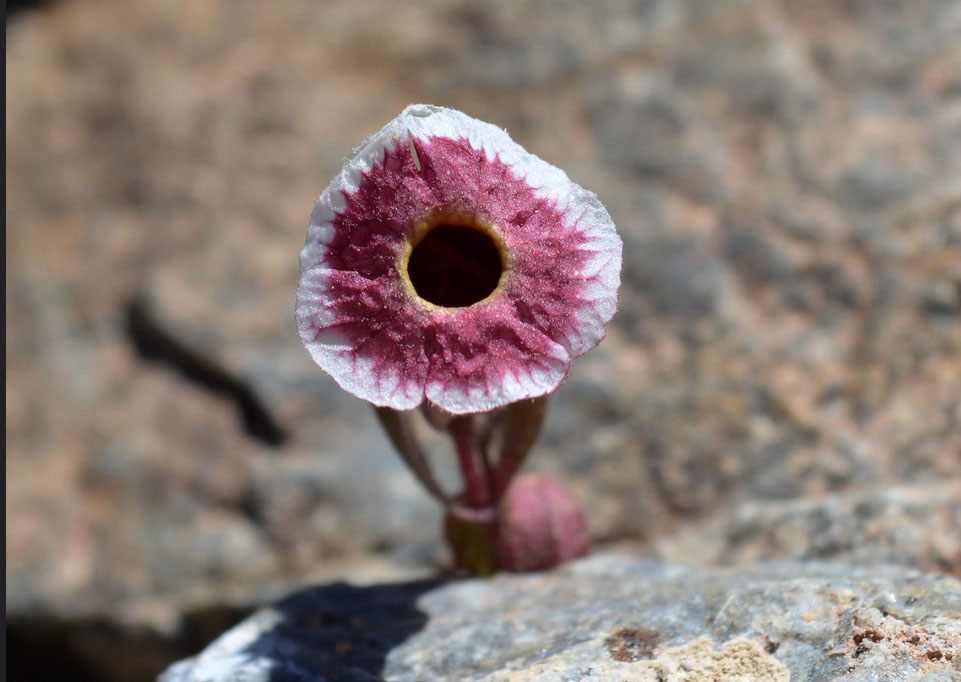
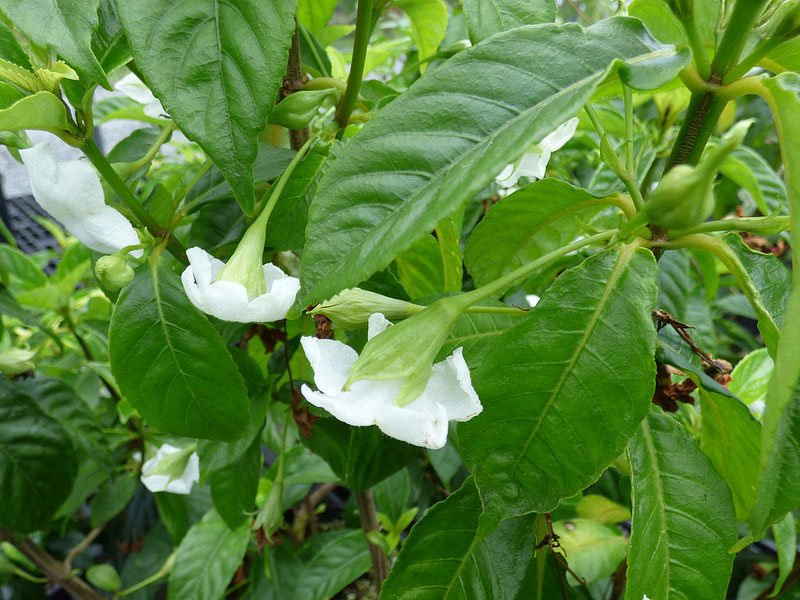
Harold L. Lyon Arboretum
The Hawaiian Rare Plant program mission at Lyon Arboretum is to “aid in the prevention of further extinction of Hawaiian plant species by initiating and maintaining an in vitro plant and seed bank collection, and propagating plants for use in approved restoration and reintroduction projects.”
Almost all of the Cyrtandra species are new to the National Collection.
Wakikane Valley Cyrtandra (Cyrtandra kaulantha) is a member of the African violet family, and is described as a shrub. It is typically found at the bottom of gulches and deep in the mesic forests, environments that contain a moderate amount of moisture.

Slender-stalked Cyrtandra (Cyrtandra filipes) is rare and when observed, it is a small shrub with whorled leaves and white, solitary flowers. This endemic shrub prefers mesic, mountain environments with gulches and streams, and can be found on the islands of Moloka’I and Maui.
Pollinator Database
New this year to the CPC website is the interactive website tool or web app to explore pollinator networks. Most plant species rely on pollinators for reproduction. Without them, plants, including rare plant species, become even more threatened with extinction. CPC received funding from the National Fish and Wildlife Foundation in order to compile a database of pollinators of rare plants. Kara Powell, a 2017 Plant Conservation Summer Fellow, created a web app to bring a set of tools together, allowing users to not only interact with data, but to visualize it. Katie Heineman, PhD, notes that “the most eye-catching tool in the app is the Pollinator Network Search, which generates an interactive network of plants and pollinators associated with an organism selected by the user from the literature observations in the database. This tool allows users to compare the diversity of pollinator types among plant groups.” The web app has other features that relate to specific conservation actions such as the Common Pollinator Garden tool that generates a list of plants that share pollinators. (Each tab in the web app is a separate tool.)
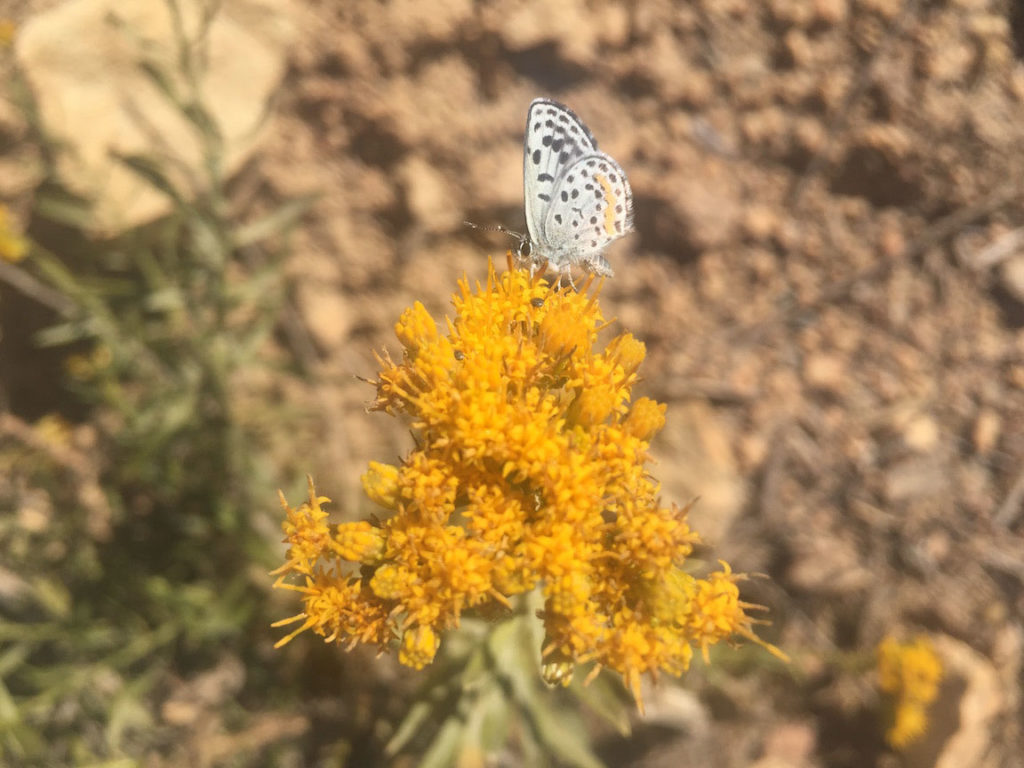
New Participating Institutions
The partnership possibilities for the Center for Plant Conservation (CPC) has expanded to include different categories of institutions:
PARTICIPATING INSTITUTION – CONSERVATION PARTNER
Conservation Partners are 1) non-profit organizations, exempt from federal income taxes under Section 501 (c) (3) of the Internal Revenue Code, 2) are primarily research gardens, arboreta, museums, zoos or other such organizations whose mission either partially or wholly concerns the conservation and appreciation of plants, and 3) must formally maintain documented ex- situ collections of regionally rare taxa of conservation concern for inclusion in the CPC National Collection. Conservation Partners must use quality, science-based principles and recognized best conservation practices in their rare plant work, including those specified in the CPC Guidelines for Participating Institutions. (Examples may include public gardens and nonprofit organizations that maintain ex-situ plant collections).
PARTICIPATING INSTITUTION – RESEARCH PARTNER
Research Partners can be a variety of organizations, consortia or partnerships that are non-profit (although IRS exemption is not required) and conduct research or perform other related work that directly supports the CPC mission. Whereas Conservation Partners are directly responsible for the National Collection, Research Partners often perform basic research or provide technical skills and services that support the CPC National Collection in tangible ways. (Examples may include university and federal research labs.)
PARTICIPATING INSTITUTION – CORPORATE PARTNER
Corporate Partners represent a variety of for-profit companies whose corporate mission aligns with the CPC vision and mission and whose affiliation with CPC represents a mutually beneficial relationship. Corporate Partners provide financial support through direct contributions and/or contribution of equipment, tools, and resources useful to CPC and its Participating Institutions. (Examples may include conservation focused landscape architect firms or ecosystem restoration companies.)
PARTICIPATING INSTITUTION – NETWORK PARTNER
Network Partners are organizations, consortia or other regional, national or international organizations whose mission overlaps significantly with CPC either by amassing ex situ conservation collections for different but complementary purposes as CPC or maintaining professional memberships, partnerships or networks of their own that overlap with and enhance the CPC Network. (Examples could include botanical garden associations.)
This past year, we added two new Participating Institutions to the CPC family: Montgomery Botanical Center and the California Native Plant Society, a statewide nonprofit organization.
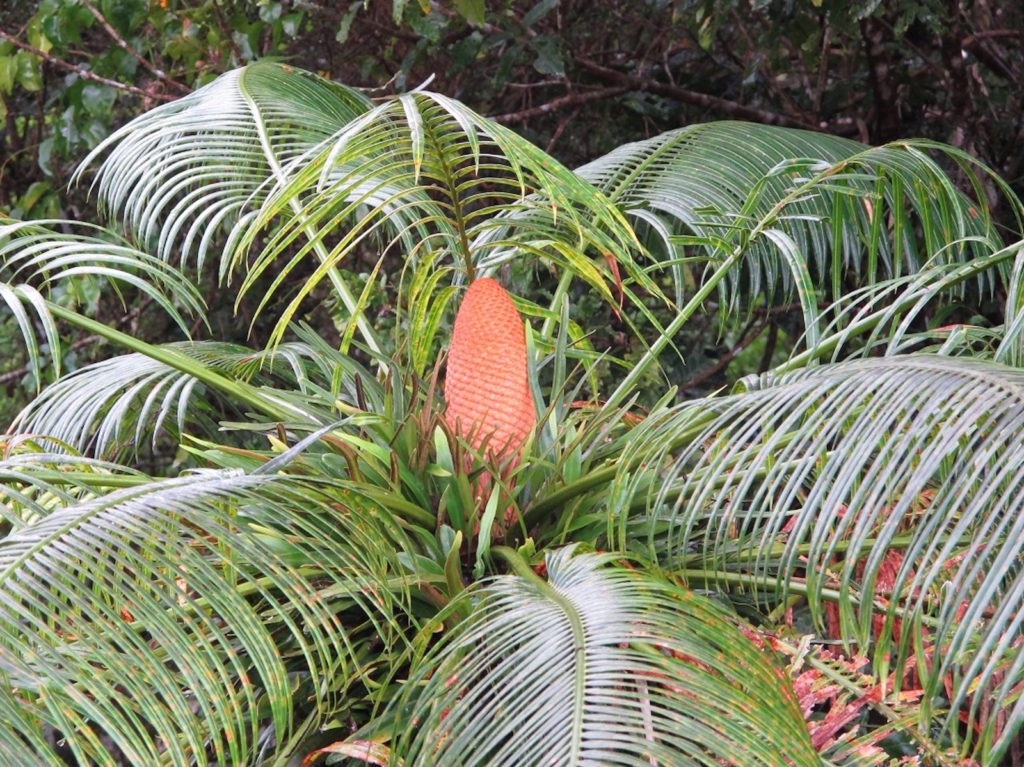
Montgomery Botanical Center
The Montgomery Botanical Center’s goal is to “advance science, education, conservation, and horticultural knowledge of tropical plants, emphasizing palms and cycads.” They accomplish this goal collecting seeds around the world from wild populations of palms and cycads. The seeds are germinated in the Center’s nursery and create genetically diverse collections of plants that are “population-based, documented, [and] scientific.” Montgomery Botanical Center can provide research data to other entities, particularly through publications by using collections-based research and maintaining scientific data on the collection.
California Native Plant Society
The California Native Plant Society (CNPS) works hard to protect the native plants of California. Beginning in 1965, CNPS has worked with scientists, policy-makers, and others to “advocate for well-informed and environmental friendly policies, regulations, and land management practices.” The mission of CNPS is to preserve California native plants and their natural habitat. The Rare Plant Program at CNPS develops information on “the distribution, ecology, and conservation status of California’s rare and endangered plants, and to use this information to promote science-based plant conservation in California.” This program maintains the Inventory of Rare and Endangered Plants of California.” This inventory tracks the status of hundreds of plant species.
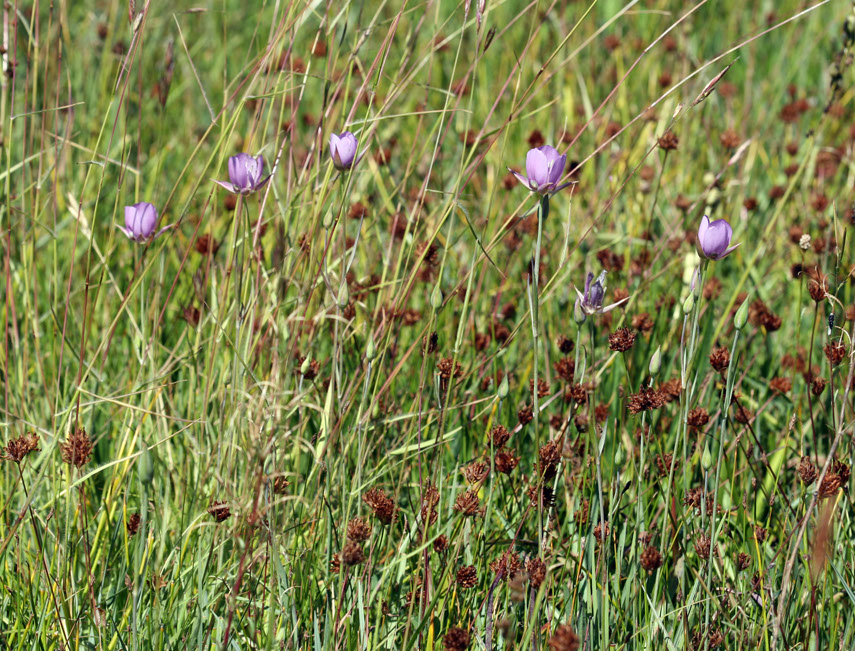
Hurricane Recovery Updates
“In early September, the high winds and storm surge from Hurricane Irma devastated The Kampong, the National Tropical Botanical Garden’s property in south Miami. I was able to go there a week after the storm and what I saw was heartbreaking. The Kampong was a war zone, and many of our iconic trees, the Baobab, Cannon Ball Tree, Yellow Royal Poinciana, Mammee Apple, and Wedding Tree had all been dealt a devastating, in fact, nearly fatal blow by the fierce winds that ripped through our beloved garden. The storm surge and wind-driven waves ripped away the soil and plants from the point, tossing up coral boulders and rubble in a swath of destruction that made it hard to imagine the storm’s raw power.
“Once we had been able to survey the extent of the damage the numbers were astounding. 260 trees were impacted by Irma’s winds. Of these, 24 were so damaged there was no hope of recovery. Another 68 were uprooted and lying with their roots ripped out of the ground. Of the trees that were not toppled, 146 had significant canopy damage and 22 had moderate canopy damage.
“Our staff wasted no time, and under the leadership of Director Craig Morrel they were able to save all of the uprooted trees by pruning their tops and watering their exposed roots until they could be set upright and staked. Craig was even able to lift the 25 ton 100-year old Baobab back into place with the help of a 100-ton crane.
“As of early December, the recovery is quite extraordinary and all of the damaged trees are flushing out with new growth and show strong signs that they will recover completely. We estimate that it will take 4-5 years of regular arborist work to restore a sound architectural canopy to all of the surviving trees.
“We are very appreciative of the help we have received from other Gardens – especially the Eden Project in the UK which, thanks to Dr. Mike Maunder, flew an arborist over to assist with the recovery. I also can’t say enough good things about Craig and his team at The Kampong. They rose to the challenge and their passion and hard work has saved a majority of this priceless collection of historic trees.” (Chipper Wichman)
BOK TOWER GARDENS
“The Gardens are slowly returning to normal. Thanks to the power of Hurricane Irma, Bok Tower Gardens has a new garden feature. The Horticultural team was able to save one of the downed trees, and visitors are enjoying a wonderful arch to walk under as they stroll through the historic Olmsted design. Repairs on the greenhouse have begun and should be completed by the new year.” (Erica Smith)
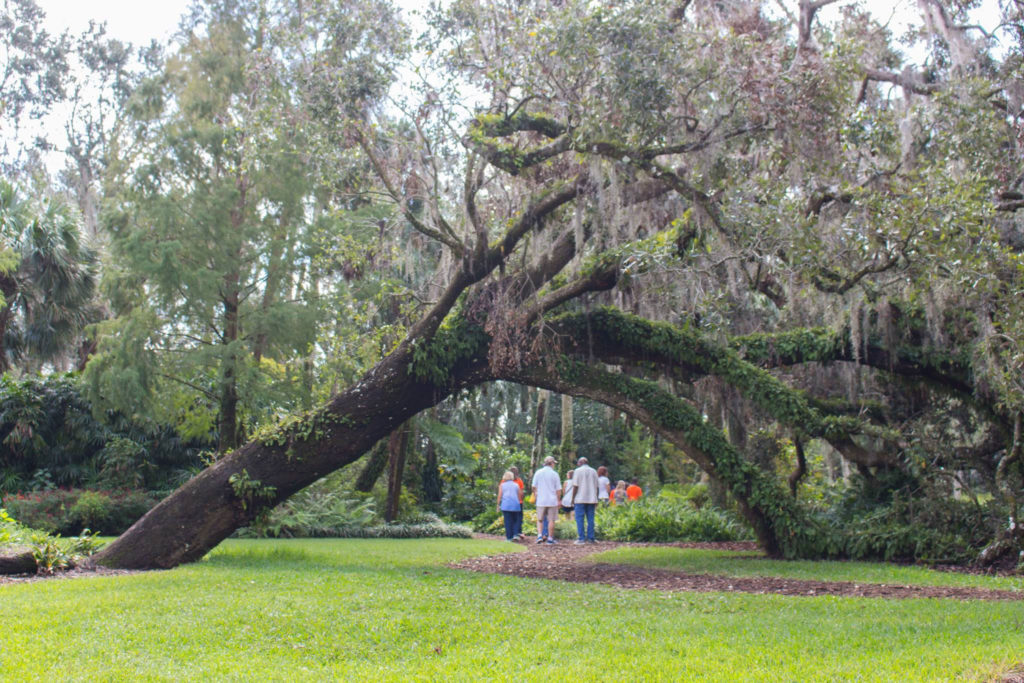
MONTGOMERY BOTANICAL CENTER
“MBC suffered significant damage to its scientific collections from Hurricane Irma in early September 2017, losing upwards of 180 trees including 148 palms to date. Damage was even more widespread, with over 430 plants on the property suffering damage from severe winds, uprooting, canopy loss, broken branches, and smothering from fallen trees. Many trees were downed, broken, or uprooted, including beloved Champion Trees, like Canaga odorata and Kigelia pinnata, which had weathered past hurricanes and storms, but did not withstand nature’s wrath this time around. Work is ongoing to save upwards of 218 palms and 210 dicots through lifting, staking, trimming, and clearing of debris. We have successfully raised several palms that were blown down during the hurricane, and staked many more. Thanks to emergency funding from the National Science Foundation, some larger specimens, such as Corypha taliera, a species extinct in the wild, have been lifted back into position by crane. The same grant has also provided us with funds to hire two part-time Research Assistants from a local university, who are helping our palm curators to advance recovery of palms on the property.
“Overall, our cycad collection survived the hurricane well, as most are naturally sheltered from the worst of the winds due to their low stature. Nonetheless, fallen branches and toppled trees damaged some specimens, and the loss of valuable shade trees has temporarily exposed some of the more delicate shade-loving cycad species to full sun. While roads throughout the property are clear, trimming of broken trees and limbs is moving along, and most of the debris has been removed from atop the collections, we still have plenty of work ahead. Our team is up to the task and progress is noted daily as we continue to rescue, nurture, and maintain MBC’s important scientific collections.” (Joanna M. Tucker Lima)
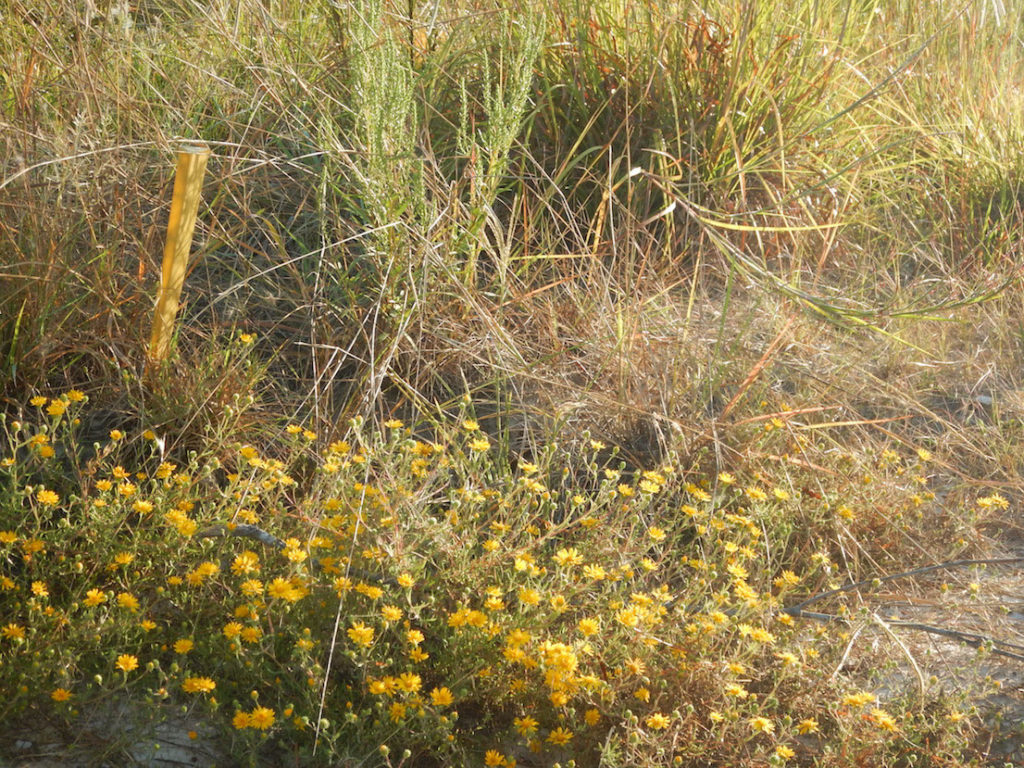
MERCER BOTANIC GARDENS
“Mercer Botanic Gardens remains partially closed. The West Arboretum, comprised of approximately three miles of woodland trails and two wetlands boardwalks, along with a picnic and playground area, reopened to the public in late October. The East Side Gardens, including the Visitor Center and more than 20 acres of gardens, is still undergoing cleanup and rebuilding. While full reconstruction of the interior of the Visitor Center will not be complete for many months, the goal is to reopen a front section of the gardens to the public in late winter or early spring 2018. Reconstruction of the ground floor interior of our research building that houses laboratories, an herbarium, and library should be completed in January 2018.” (Darrin Durling)
ANNOUNCEMENT
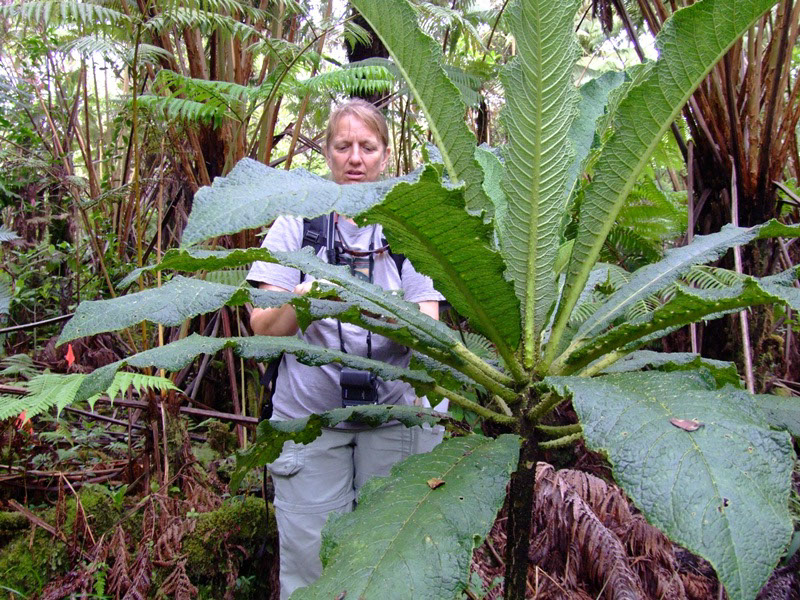
Vickie Caraway has been a central figure in Hawaii Plant Conservation and sadly for us she is taking a well-deserved retirement. After years working in horticulture, she earned a master’s degree in botany and has worked in plant conservation ever since. Her illustrious career includes a few years as the Hawaii coordinator for the Center for Plant Conservation, before moving on to become the state botanist for the Hawaii Department of Land and Natural Resources. She then came to work as a botanist for the U.S. Fish and Wildlife Service in Hawaii for the last several years. Her plans in retirement include travel, working in her garden, and volunteering. Thank you Vickie for all of your dedication and passion for saving plants!
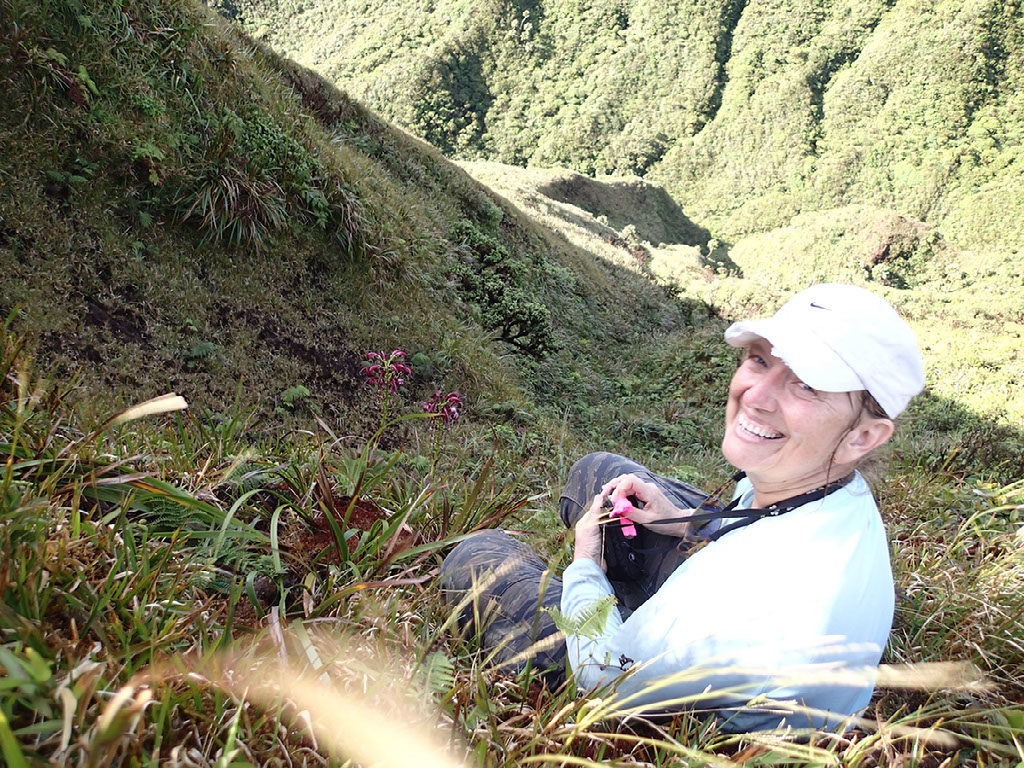
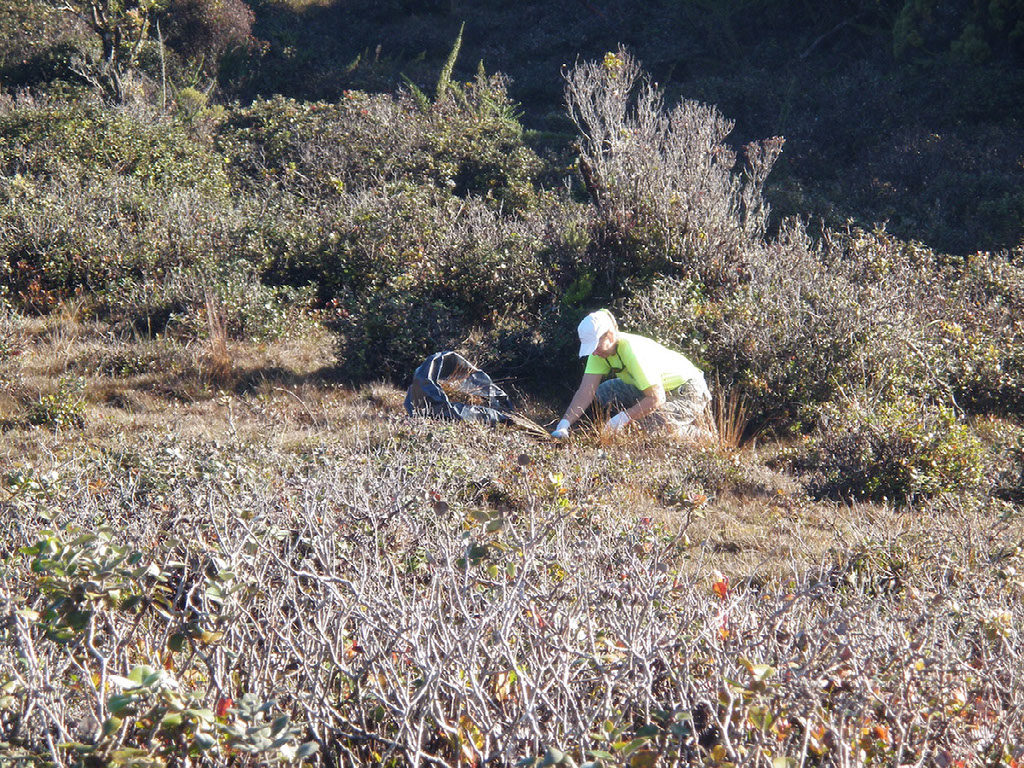
Get Updates
Get the latest news and conservation highlights from the CPC network by signing up for our newsletters.
Sign Up Today!Donate to CPC
Thank you for helping us save plant species facing extinction by making your gift to CPC through our secure donation portal!
Donate Today